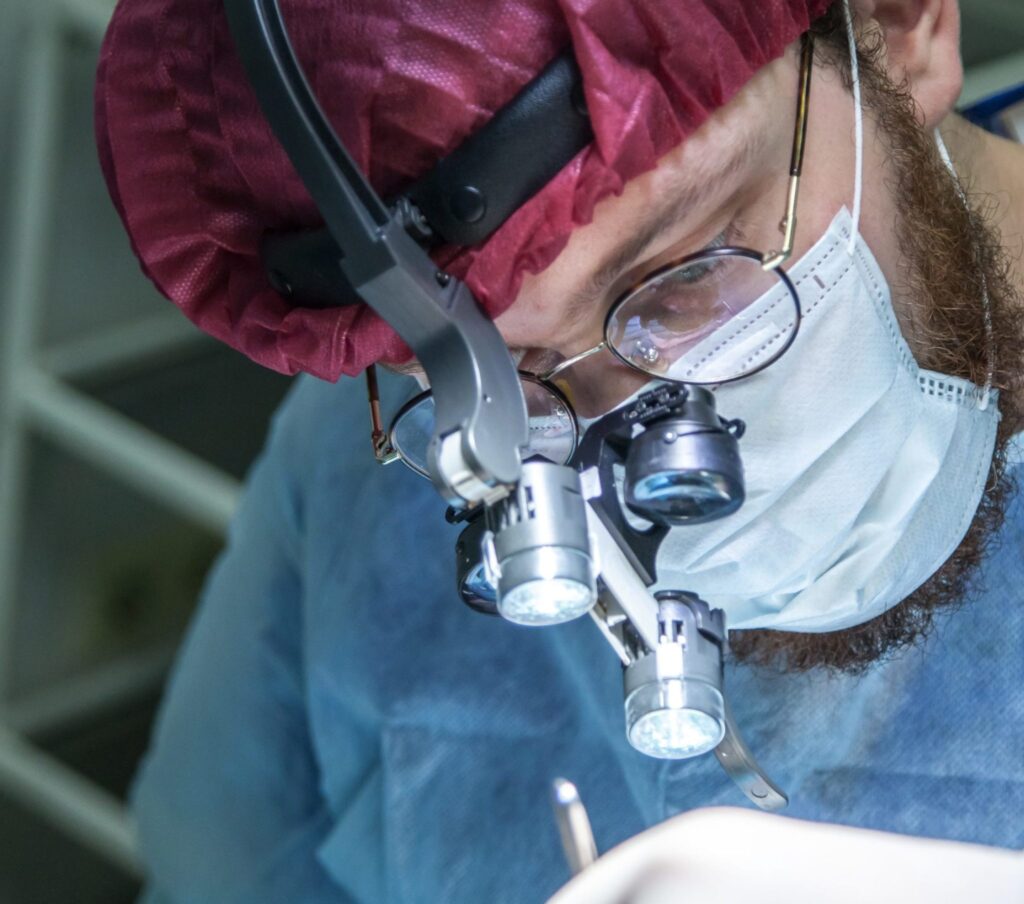Pterygium surgery is a procedure done to remove an abnormal and noncancerous growth from the corneal or scleral tissues of the eye. The growth covers the white part of the eye or the cornea, which is the clear front part that covers the eye. Even though Pterygium is a benign growth, it can advance and spread, leading to visual discomfort and evident physical deformity.
Causes and Diagnosis of Pterygium
While the exact cause of Pterygium remains unknown, some studies have suggested that excessive exposure to ultraviolet light can promote this growth. Pterygium also mostly affects people living in warm climates and spend most of their time outdoors in windy and sunny environments.
Though rare, Pterygium can cause severe scarring of the cornea. This requires immediate treatment since scarring of the cornea can lead to vision loss. Fortunately, diagnosing this condition is straightforward. Physical exam, visual acuity tests, corneal topography, and photo documentation procedures provide a confirmatory diagnosis.
Treatment of Pterygium
Due to its mild nature, Pterygium doesn’t often require treatment. However, treatment is important if the growth spreads wide enough to block your vision or cause discomfort. If the condition causes a lot of redness or irritation, your eye doctor may prescribe eye ointments or eye drops with corticosteroids that reduce inflammation.
However, surgery may be preferred in moderate to severe situations where eye drops and ointments cannot provide relief. Surgery is also an option if Pterygium causes vision loss or astigmatism. Below is an outline of what you should know as you proceed with Pterygium surgery.
Preparing for the Surgery
As mentioned, surgery is a good option if the Pterygium cannot be controlled by medical treatment. Patients may also opt for surgery if the growth gives them an unacceptable appearance, causes corneal distortion, or there are concerns that the growth isn’t a Pterygium but a conjunctival tumor.
Before the surgery, your ophthalmologist will complete the admission form, which includes a detailed history taking and examination of your eye. This will help the doctor evaluate your legibility for Pterygium surgery. The doctor will then confirm your appointment and provide key pre-surgery guidelines to help you prepare for the procedure.
For instance, you should fast or eat a light meal before admission. Those who use contact lenses should also remove them at least 24 hours before the surgery.
During the Surgery
Pterygium surgery is a minimally invasive procedure that lasts between 30 minutes and one hour. However, doctors can use different surgical approaches to remove the growth. The initial standard surgical procedure removed the Pterygium, leaving a bare hole in the surface of the eye where the growth was removed. While this procedure was effective, surgeons stopped using it as it led to high rates of regrowth.
A new technique that involves filling the conjunctival gap with graft tissue from the eyelid is currently preferred. The only downside of this technique is the discomfort caused by stitches as it heals. The eye also doesn’t heal quickly, as it takes a few weeks for the stitches to heal fully.
That said, the latest Pterygium removal procedure doesn’t involve stitching. This “no-stitch” autograft Pterygium surgery uses a special surgical glue made of clotting proteins extracted from the human blood. While there is minimal discomfort, this surgical approach has a very low recurrence rate, and patients can resume work two days after the surgery.
Other advances have also made it possible to treat aggressive recurrent Pterygium. To reduce the chances of recurrence, your surgeon can administer some medication during the surgical procedure. Also called adjuvant medical therapy, this option significantly hinders the growth of abnormal cells.
That said, your eye surgeon will choose an appropriate procedure based on your eye condition.
After the Surgery
Unlike other complicated eye surgeries, you will heal quickly after Pterygium surgery. As mentioned, you can resume work after two days. The adhesive tape that secures the graft will dissolve after one week as your eye gradually returns to its normal appearance. However, like any other eye surgery, you should observe the following immediately after the surgery;
- You shouldn’t drive home after the surgery. Have someone drive you.
- Don’t read or watch TV for the rest of the day
- Shower or bathe 24 hours after the surgery
- Wash both eyes gently and close them to avoid touching the water
- Use shields to cover your eyes when sleeping
- Don’t apply make up for at least one week
- Don’t swim or play contact sports for a month
- Avoid rubbing eyes for at least three months
Note that it is normal to experience some minor complications after Pterygium surgery. For instance, most patients report redness, discomfort, and blurriness after the surgery. While these are normal, see your doctor if these complications affect your vision.
The Bottom Line
Pterygium surgery is a simple procedure to remove corneal growth. Schedule an appointment with your surgeon if Pterygium doesn’t respond to medical treatment or affects your vision.

